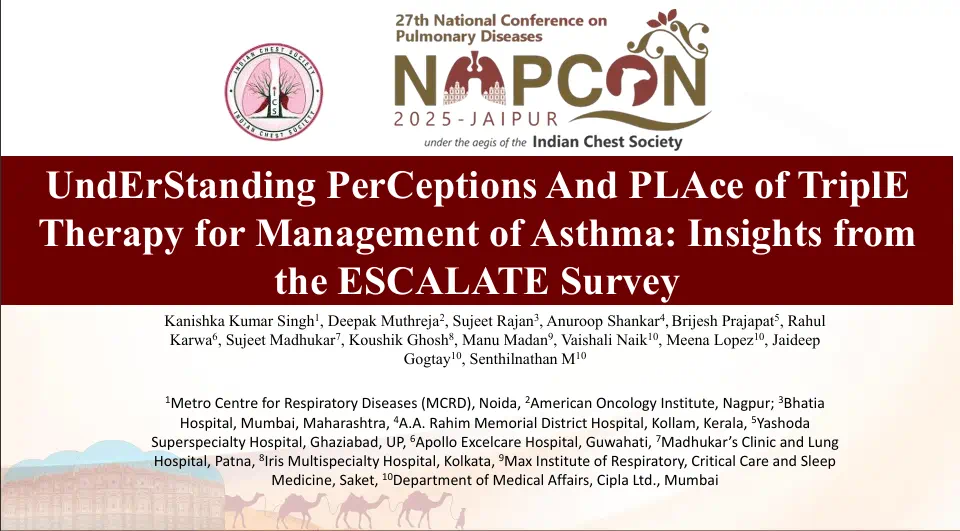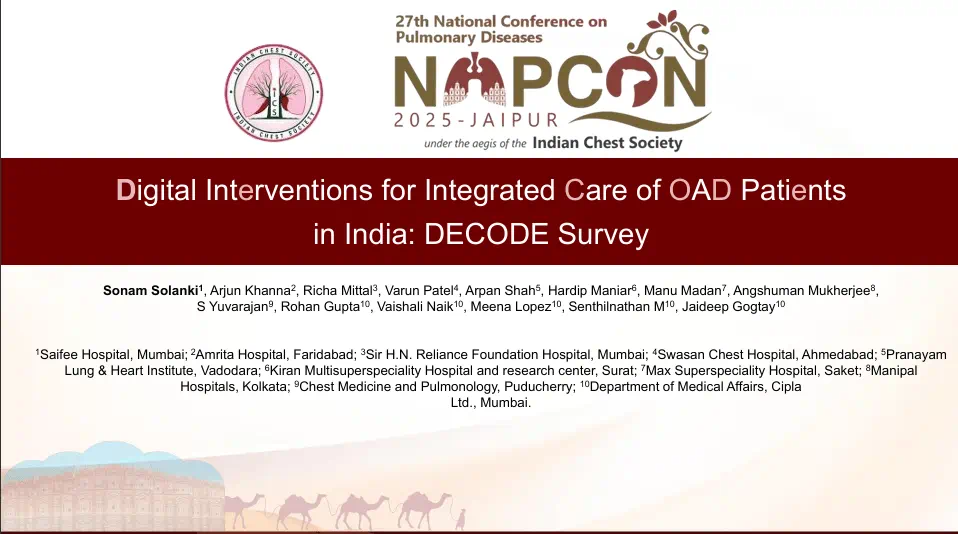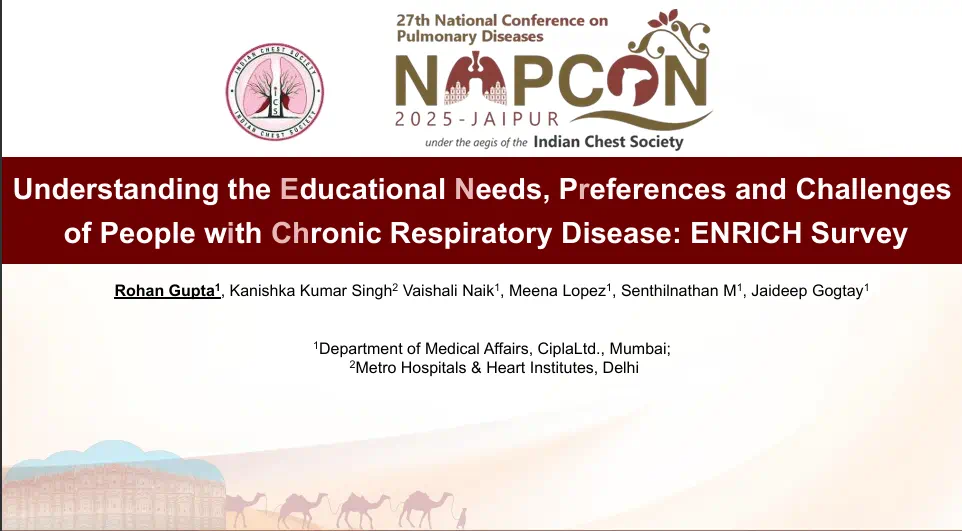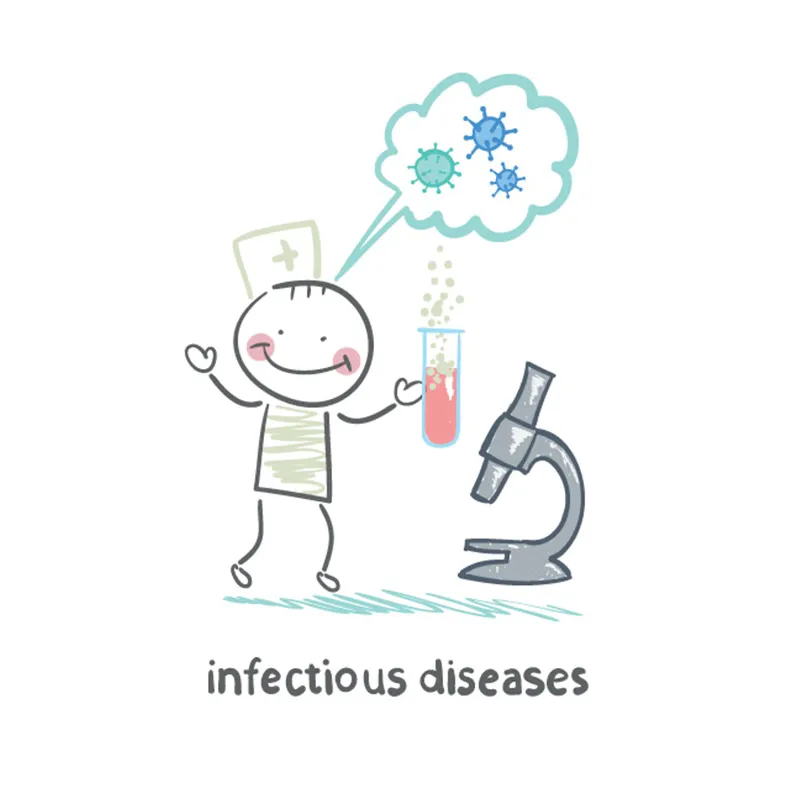Identifying Atrial Fibrillation Patients using Smartwatch App Detected Pulse Irregularities
2 Jul, 20
Background
The paroxysmal nature of atrial fibrillation may result in diagnostic delays. Optical sensors on wearable devices can detect irregular pulses. Smartwatch application (app) can use intermittent, passively detected pulse rate data in an algorithm that identifies episodes suggestive of atrial fibrillation (AF). However, the ability of an app to identify AF during typical use has not been explored until now.
Aim
The Apple Heart Study evaluated the ability of an irregular pulse notification algorithm to identify AF using an Apple Watch app
Study Subject Profile
Inclusion Criteria
- Individuals with a compatible Apple iPhone and Apple Watch and without AF (age ≥ 22 years; n=419,297)
Exclusion Criteria
- Individuals with previous reports of AF or current use of oral anticoagulation
Methods
Study Design
- A prospective, single-group, open-label, siteless, pragmatic study
Intervention
- The irregular pulse notification algorithm was activated for all study subjects.
- Signals generated by a plethysmography sensor generated pulse intervals (tachograms) over 1 minute, and were classified as regular or irregular on the basis of the variation in the pulse interval
- After the initial notification of an irregular pulse, subsequent tachograms and notifications were recorded but were not provided to the participant.
- Amongst individuals who received irregular pulse notification, those with urgent symptoms were guided to emergency department or urgent care clinic. Those with non-urgent symptoms were given an ECG patch (ePatch) to be worn for 7 days
- Participants who received irregular pulse notifications completed a survey that was included in the study app, 90 days after receiving notification.
- All study subjects completed a web-based end-of-study survey at the end of the study.
Outcomes
Primary Outcomes
- Atrial fibrillation of greater than 30 seconds’ duration on ECG patch monitoring in a participant who received an irregular pulse notification
- Simultaneous AF on ECG patch monitoring during intervals when the participant had an irregular tachogram
Secondary Outcomes
- Simultaneous AF on ECG patch monitoring when the pulse notification algorithm detected an irregular pulse
- Participant report of contact with a health care provider outside the study within 3 months after notification of an irregular pulse
Results
- The study recruited 419,297 participants over 8 months. During a median of 117 days of monitoring, 2161 participants (0.52%) received notifications of irregular pulse. Of these, 450 participants who returned ECG patches containing data that could be analyzed were included in the analysis
- Overall, AF was present in 34% of the study subjects (97.5% confidence interval [CI], 29 to 39) and in 35% (97.5% CI, 27 to 43) of subjects aged ≥ 65 years.
- Of the 153 participants with AF confirmed on ambulatory ECG, 20% had continuous AF, and most of the remainder subjects had AF less than 50% of the time they were monitored and 89% subjects had an episode that lasted at least an hour.
- Of the 20 participants who were urgently contacted, 18 had AF with ventricular rates greater than 200 beats per minute for more than 30 seconds, one patient had a pause lasting for more than 6 seconds, and one had nonsustained ventricular tachycardia lasting for more than 6 seconds.
- Among participants who were notified of an irregular pulse, the positive predictive value was 0.84 (95% CI, 0.76 to 0.92) for observing AF on the ECG simultaneously with a subsequent irregular pulse notification and 0.71 (97.5% CI, 0.69 to 0.74) for observing AF on the ECG simultaneously with a subsequent irregular tachogram.
- The positive predictive value for irregular pulse notifications in subjects aged ≥ 65 years of age was 0.78 (95% CI, 0.64 to 0.92).
- The 90-day survey was completed by 1376 /2161 subjects, of these; 57% contacted health care providers outside the study, 28% were prescribed new medication and 33% were recommended to visit a specialist, 36% were recommended to undergo additional testing.
- End-of-the-study survey was completed by 43% subjects who received notification and 70% subjects who never received notification. The incidence of strokes, heart failure, and myocardial infarctions was higher in the subjects of notification group vs. non-notification group, and the former were more likely to start receiving anticoagulant therapy or aspirin than the latter.
- No serious app-related adverse events were reported during the study period.
Conclusions
- The probability of receiving an irregular pulse notification was low, but among the subjects who received notification of an irregular pulse, 34% had AF on subsequent ECG patch readings and 84% of notifications were concordant with AF.
- The results support the algorithm to correctly identify AF in users who are notified about the irregular pulse.
- This siteless (no on-site visits were required for the participants), pragmatic study design provides a foundation for large-scale pragmatic studies that can reliably assess outcomes or adherence with user-owned devices.
N Engl J Med 2019; 381:1909-17.









